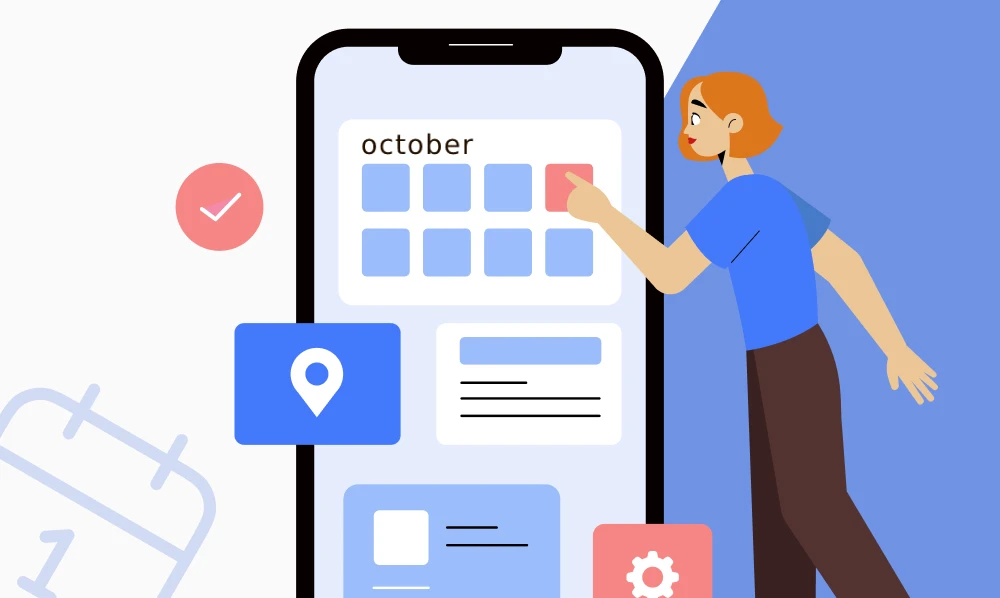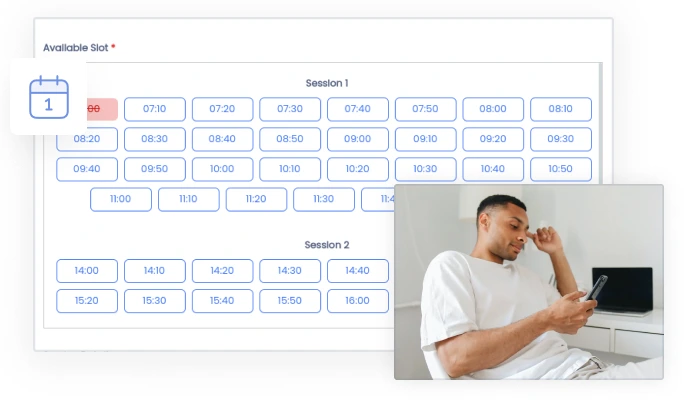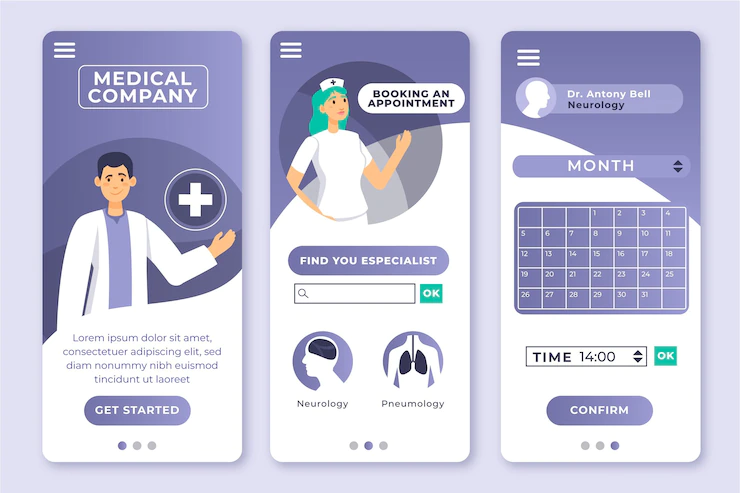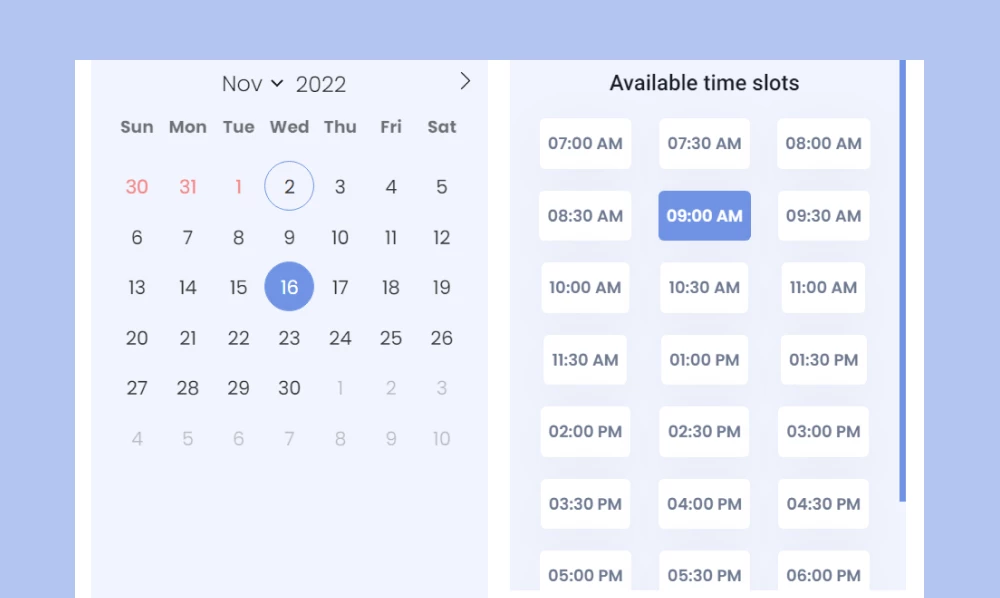These numbers indicate how huge the problem is. Still, there’s no particular solution out there to erase that.
As a medical professional, assuming that all your patients are responsible enough to be on schedule is a big mistake. Patients have their work life and tasks that might result in forgetting the appointment.
Thus, even your most organized customers will probably appreciate a quick call or text a day or two ahead of time.
This does not signify that you start bombarding the individual with tons of emails and reminders. There are a few set protocol that needs to be followed.
If reminding your patients is one mundane task that needs to be followed. Then, simply advance your tech and optimize the process.
There are lots of tools available online that can automate your responses, set alarms, and send positive notes before coming for an appointment.
You also have several options for delivering appointment reminders with today’s systems and technologies, such as:
In case the patients were not sincere enough for the first time to attend the appointment, then what are the chances that they will show up the next time?
Rescheduling no shows is not a technique to prevent them from happening in the first place.
Although, if you’re reaching out to them for a follow-up after their skipped appointment, then it is a good gesture to perform.
As it shows care and concern regarding the safety of the patient. It also creates a personal connection that will make them less likely to cancel the next appointment. Patients who miss an appointment will frequently make an effort to not miss the next one.
Reaching out to patients who do not show up right away is a good rule of thumb. You may be wasting your time if you wait for the patient to call you.
People are sometimes hesitant to call because they are embarrassed about a missed appointment. Try waiting 10 or 15 minutes after the appointment time.
Here’s a template to follow while reaching out to the patients, “We’re calling to check in with you, (patient’s name). We had you scheduled for a 10 a.m. appointment today, but you did not show up. You could be on your way and running a little late, but if not, we want to get you back on track as soon as possible.”
In such scenarios, it is better to be self-aware rather than relying on the patient.
Rather than repeating this pattern, punishing them with no-show fees or turning them away from care because you are already with the next patient, you can choose to manage these patients’ scheduling proactively.
This is not meant to be deceptive, and the scenario is unusual enough that you won’t need to use this strategy very often. However, if you have patients who simply cannot be trained to arrive on time, this tip will save you a lot of time and frustration in the long run.
At their first visit, a patient should read and sign a missed appointment policy, along with the rest of the new patient paperwork. A sign with this policy posted at the front desk can also be useful.
That way, no one can claim they were unaware of the consequences of missing an appointment.
Encourage your patients to keep their appointments instead of punishing them if they do. It doesn’t take much effort to influence your results; a simple reminder call can go a long way toward lowering your no-show rates.
They can easily pay through the dashboard which can result in increased revenue.










